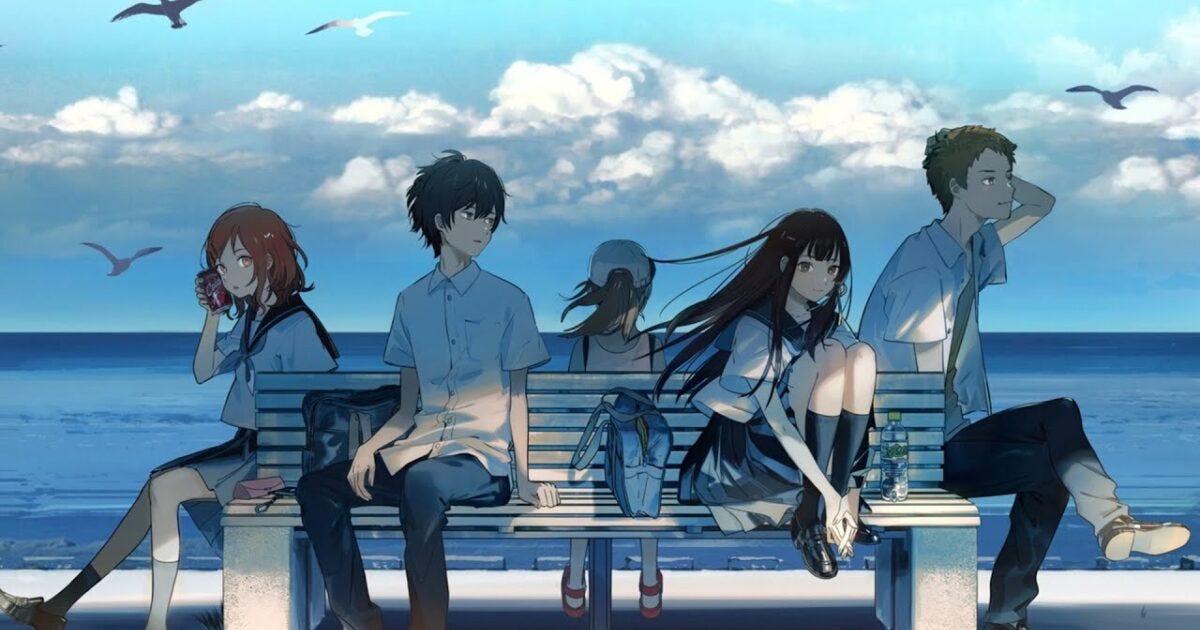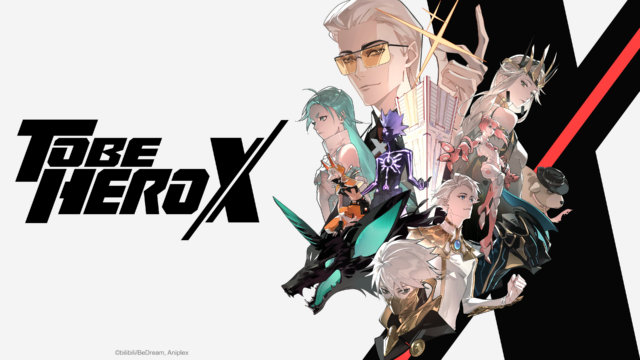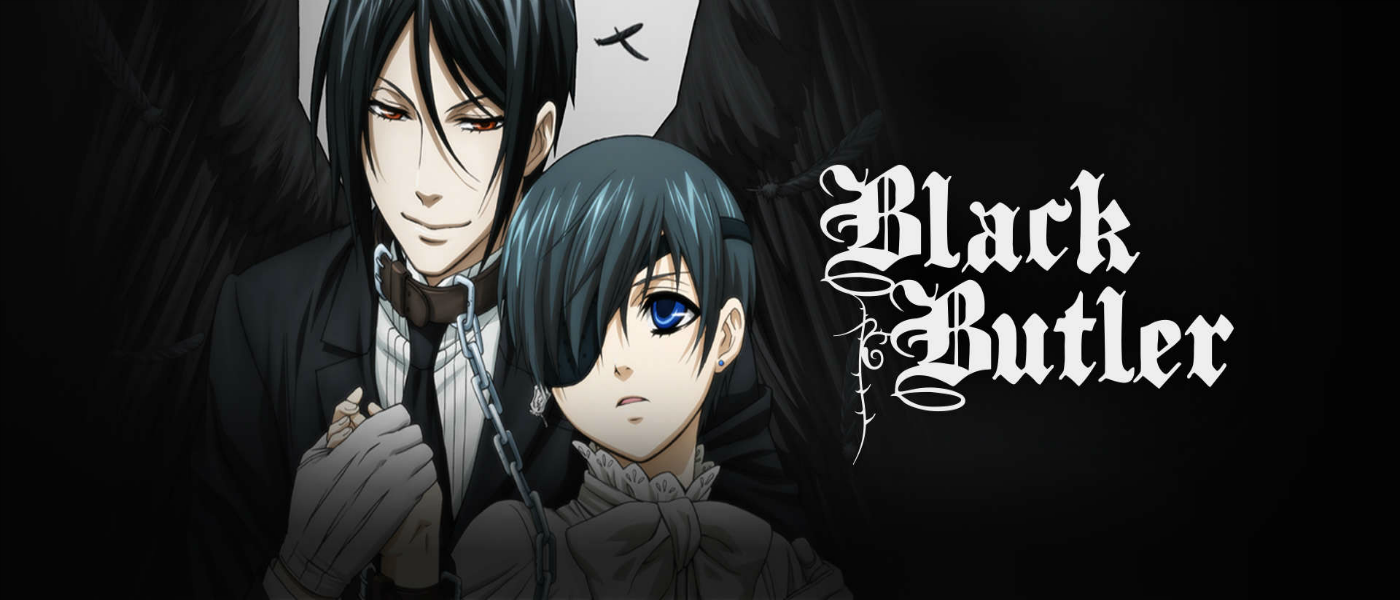[Interview] The Tunnel To Summer, The End Of Goodbyes Stars Gabriel Regojo and Patricia Duran On Why Grief Can Lead To A Real Connection
Legend has it that the Urashima Tunnel can grant any wish. The only catch is that it comes with a great sacrifice. For high school student Kaoru, he’d give anything to see his wish come true. A few years have passed since his sister was tragically killed. With the unbearable weight of grief placed upon his shoulders, Kaoru feels isolated and lost. With his relationship with his father deteriorating, Kaoru believes that he is all alone in this world.
But all of that changes when he meets Anzu, the new student at his school. Together they share the common bond of losing a loved one they shared a deep connection with. They each struggle to overcome grief. When Kaoru accidentally stumbles upon the mystic Urashina Tunnel, he and Anzu realize that they can possibly get back what was taken from them. As they team up to research the tunnel, they form an inseparable bond that opens their eyes to the cost of their potential sacrifice to the tunnel.
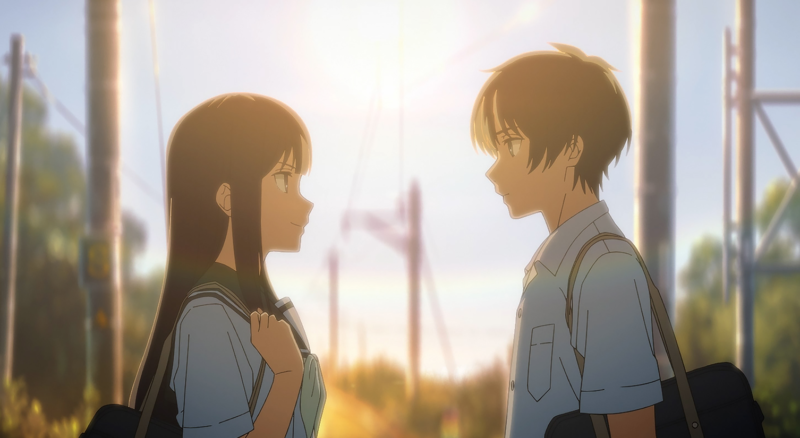
The English dub of The Tunnel To Summer, The End Of Goodbyes is set to premiere on November 3. The anime film stars Gabriel Regojo as Kaoru and Patricia Duran as Anzu. Fresh off their appearance at the New York Comic Con, Regojo and Duran sat down with Bubbleblabber to talk about the film’s relatable themes and why art belongs to humans.
Getting A Feel For Feelings
Matthew Swigonski: How was your experience at New York Comic Con and being able to interact with the fans?
Patricia Duran: It was amazing getting to be with an audience and we definitely heard laughter but also some vocal gasps as well. I saw people crying and heard about people crying, so that was really just so touching and amazing.
Gabriel Regojo: This was my first time being in a room with other fans and hearing them react so it was super edifying. It was like ‘Okay we have made something well and it was received well.'”
Matthew Swigonski: Grief and developing the ability to move are key to this film. How would you describe the themes introduced throughout the story? Do you think it’s a very accessible movie for a wide audience?
Gabriel Regojo: I think so. I think because it deals with grief and multiple different stages and levels. The conflict with the lost sister for Kaoru. But then the grief of losing [a love interest] towards the end of the film. And then with his father and all of these different things. Even if you haven’t lost a sibling, you most likely have experienced death in your life. I think you can find a connection in that. I think that this film does a great job of telling a really beautiful story of friendship and love on top of the grief.
Patricia Duran: Yes, I completely agree. I think at some point in our lives we have all been in search of something to fill a void, to fill a hole, a missing piece. And I think that with both of these characters, that’s also what brings them together. This common bond in the search for the missing piece to fulfill them. I think at the core of the story as well is this beautiful bond and friendship between the two. I think that what we as people just long for is connection. This needs to be fully seen.
Connecting To The Character Through Grief
Matthew Swigonski: You’ve each touched on the personal struggles within both of your characters. Enduring their grief in unique ways. Could you describe what drew you into their personalities?
Patricia Duran: John Swasey our [ADR] director, is so lovely. He gives you a summary of the film and I did some research before I got into the studio. I really didn’t realize until we started recording and the script started unfolding of just how much I connected with the character. Especially with my high school self. Our passions and our dreams are very similar. The walls that we put up were very similar and how we would respond to things and ways that we both dealt with pain. It was just so surprising.
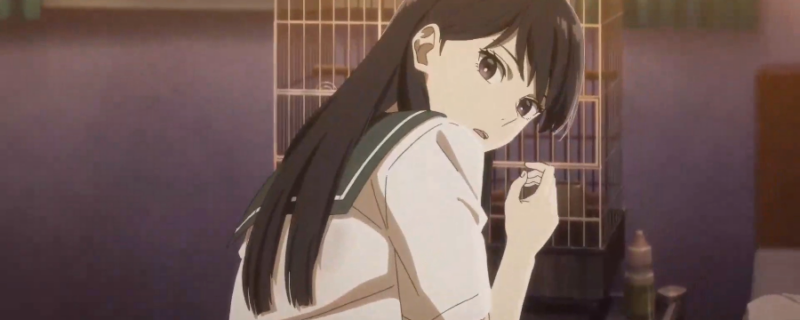
And also really cathartic in a wonderful way to connect to the character. I was like ‘Oh yeah, I get this person.’ And it’s especially helpful when you have such a short amount of time to develop the character and work on them. Unlike a play where you’ve got weeks of rehearsal, where you can do it on a different level. This is a shorter period, so that was a blessing to be able to connect.
Gabriel Regojo: When John first offered me the part, I remember being very excited just on a performance level. But as we dug into the story and began recording, I found myself just seeing, like Patricia was saying, what I used to do when I was dealing with a lot of emotions. At the start of the film, Kaoru is using music as sort of a way to distance himself from the world. That was something I used to do constantly. I was always looking for new music. As I developed better techniques, I didn’t need it as much.
It’s a similar arc in Kaoru in that once he started to let people in and let that wall down a bit. Just watching that character interact and become whole was super engaging for me to watch. That makes it a good story. Someone who ends up in a different spot than they started.
Matthew Swigonski: Once the magical aspect of the story kicked in, did you ever find it challenging to essentially transport your character to this fantasy world inside the film? Especially given the themes of grief and finding a human connection.
Gabriel Regojo: I think the fantastical magical realism elements were subtle enough that, in the grand scheme of things, it was a natural progression. Grief manifests itself in a lot of different ways. The tunnel is just sort of a physicalization of the actual emotional journey. If that is not too hoity, toity.
Patricia Duran: It made sense and I think it elevated the story and elevated their experience. Quite honestly, just seeing those stunning visuals when they entered the tunnel was breathtaking. I feel as an actor and as a viewer that it propelled the story forward and enhanced it. So it was really fun to dive into those fantastical elements. There’s just so much parallel there with the emotional life of the characters.
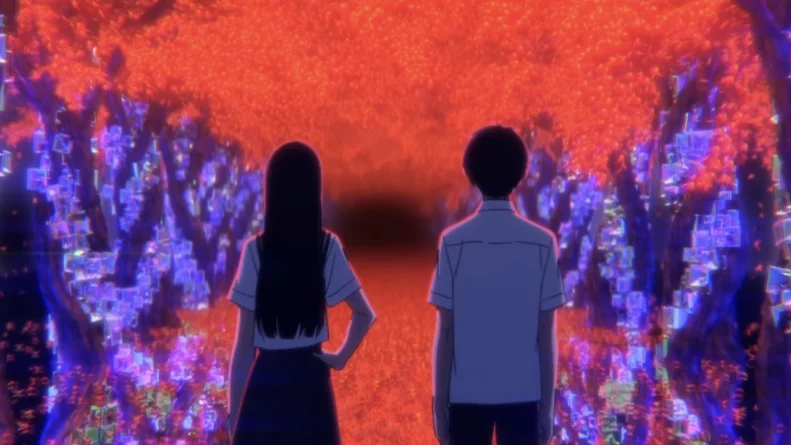
Finding The Right Approach
Matthew Swigonski: Could you describe the daily breakdown of what a dub actor goes through?
Gabriel Regojo: For us, we’ve got the benefit of getting to go to Sentai to do our recordings. We head on into the booth and we go scene by scene making each beat work. Which is just moment to moment, going through the scenes. We then get to the end of the scene and then make sure that they sound right. That the tone is correct and that it just matches the Japanese animation to our English voices.
Patricia Duran: Yeah, I’m definitely double-fisting with tea and water on the way there. And doing weird, vocal warm-ups in the car. In the booth, we have two screens. So we’ve got one screen showing the animation. And it has a timecode on top. Then we have another screen with the script. When we’re wearing headphones we’re hearing the Japanese [performance] as well as the sound engineer and the director.
So there’s a lot going on and it can be very intimidating the first few times. Quite honestly for me, and as many of these that I’ve done, it’s always an adjustment period when you’re getting back in there. Depending on how much you’ve booked that day to record, you could be there for an hour to four hours to even six hours recording. We’ll then usually do a pass-through with John [Swasey] and go back and listen to it. He’s really collaborative and will let us retake if we want to or try a different way.
Matthew Swigonski: That’s some amazing insight. When performing a dub, do you ever study the original performance and the original language at all? Or do you prefer to stick to your own interpretation of the script and your character?
Gabriel Regojo: For me, I’ll listen as we’re recording and that’ll help maybe key into what the emotional life of the Japanese actor brought. But I’ll tend to use the faces that the characters are making to help inform decisions. I try to bring just my own impulses because part of the reason that I’m in the booth that day for that character is because that was it was something that I had brought to the character that was uniquely my own. So I try to marry all of those things together.
Patricia Duran: Usually, you get cast and then within a week or so, you’re in the booth. There’s just not enough time to watch the sub or the sub may not be available yet. And I would love that because I didn’t even fully know what was going to unravel in the story. Unfortunately, it’s not like I get the script beforehand like you would with a play or with a live-action film. You’re learning it as you go. Especially that first pass around. I rely a lot on what I’m hearing from the Japanese actor. I try to honor that, but at the same time, like Gabe said, I definitely bring my own interpretation into the role.
Connecting To Each Other
Matthew Swigonski: Both of you have worked on many projects together. Does that familiarity of previously working together improve the sense of comfort you might have in one scene or another?
Gabriel Regojo: Besides being in several animes together, we’ve done stage work together. So like I know she’s got my back for performances. She just gives so much as a performer that it is really like riding a bike almost. I can fall right back into it. I can hear her choices and then I can play off of that. Normally we don’t get to record together. Normally, it’s solo. But for this one we did and it was so cool and it gave us a little bit more. Like ‘Ooh I like what you did there. I’m gonna try something like this,’ and so we kind of went back and forth like that.
Patricia Duran: I was super excited when I heard that Gabe was uh playing Kaoru. And I purposely… you don’t know this Gabe… but I purposefully let him record before me. And so I was like ‘I’m going to see what he does and I’m gonna go play off of him.’ [Laughs] But towards the end of the process they wanted us in there together a lot more, especially as they were refining the script and the translation. That was just really unique and really special having the opportunity to be in there together.
Matthew Swigonski: With the strikes that have happened this year, A.I. has been a very heated topic of discussion. Do you ever fear the use of AI in the future of voice work?
Gabriel Regojo: Absofreakinglutely, man! I mean it’s insane that as a society, we decided that artists are expendable and the corporate overlords could just hire robots to do acting and art. It’s ass backward to me. Art is the reason why people get out of bed in the morning. I think it is these stories, this ability to connect and identify that is such a huge part of our existence. For us to relegate that to a machine, that may be very intelligent and gets smarter and smarter every day, it’s not human. Why take away one of the things that make life a delight and give it to a machine? As well as just ignoring the people that got to eat.
Patricia Duran: It’s the soul of the person, it’s the soul of the artist and what they can uniquely bring. You may be able to borrow something that I’ve done before or steal it but you could never get into my mind and create something that I would make new and fresh. Any artist for that matter. I hope that as a society, in many ways, we stand up against it. And I think that it’s false, and it’s not human. We long so much for connection. I don’t think that a robot or a machine can properly do that. Nor should they. I can hardly agree that it’s taking away people’s life’s work, their livelihood, their passion, their joy, and stripping them of that. It does a disservice to our society as the human race.
Catch The Tunnel To Summer, The End Of Goodbyes (English Dub) in theaters starting on November 3.

